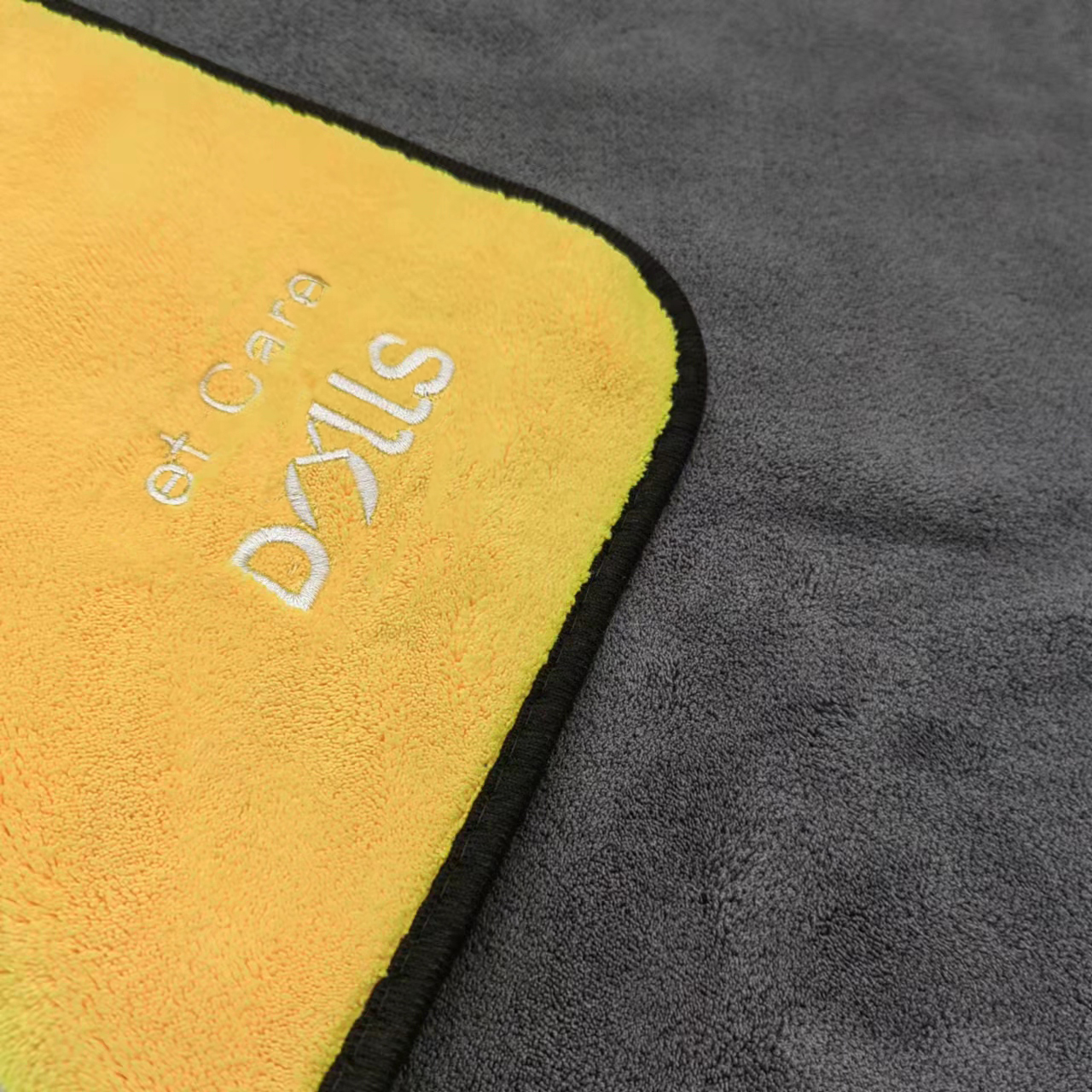Towels are very common household items. In today’s era of consumer experience, quality has become a key factor in corporate gifts. Customized towels can play a very good role in publicity and promotion, but it is also very important to choose a custom process that suits the customer. Here, we will take an in-depth look at some towel-specific printing processes in order to choose the appropriate custom process for different fabrics and customer groups.
Seven techniques for printing LOGO on towels
embroidery craft
Embroidery is an ancient craft that is currently the most widely used in cloth and leather. It is customized through the use of lines. The pattern and logo are restored to a high degree and are very strong. It can basically achieve a scaled-down customization effect. It is very suitable for customizing high-end gifts or corporate image promotion.
Imprinting process
Also known as the overprint process, it is a method of overprinting one color block on another. Imprinting is done by placing the sheet between the upper and lower molds, changing the material thickness under the action of pressure, and embossing undulating patterns or words on the surface of the gift, giving people a unique touch and visual effect, suitable for some personalities Customized needs
Laser process
Many people may not know that laser can also be used to make logos on towels, but in fact it is a very precise process. High-temperature laser engraving can achieve very fine patterns and text with very high precision, which is suitable for some customization needs with high detail requirements.
Thermal transfer printing process
Disperse dyes or sublimation inks are printed or printed on specific paper in advance, and then the pattern on the paper is transferred to the fabric to be printed through high temperature and high pressure. This process is not limited by color and can achieve a variety of color printing effects, which is suitable for customization that requires colorful effects.
Digital Printing
Compared with the thermal transfer printing process, the cost of digital printing is higher, but it has the characteristics of less environmental pollution, no plate making costs, direct computer output, and flexibility, and is suitable for small batches and changing printing needs.
Washing label process
This is a label made of special material. It is different from ordinary paper labels in material, but it is currently less used in towel customization. It is more common to use other processes mentioned above to customize logos.
Reactive printing and dyeing process
Also called reactive dyes, they contain reactive groups that react with fiber molecules. During the dyeing and printing process, the active groups of the dye combine with fiber molecules, making the dye and fiber form a whole. This process can ensure that the fabric has excellent dust-proof performance, high cleanliness, and does not fade after long-term washing. Generally speaking, the reactive printing and dyeing process is environmentally friendly, the color and fabric feel are better, and there will be no inconsistency between hard and soft.
By understanding the unique printing processes of these towels, we can make targeted customized process selections based on the needs of different fabrics and customer groups. Whether it is embroidery, embossing, laser, heat transfer, digital printing or reactive printing and dyeing, each process has its unique characteristics and applicable scenarios. Customers can choose the appropriate process based on their brand image, needs and budget
Post time: Jul-16-2024


